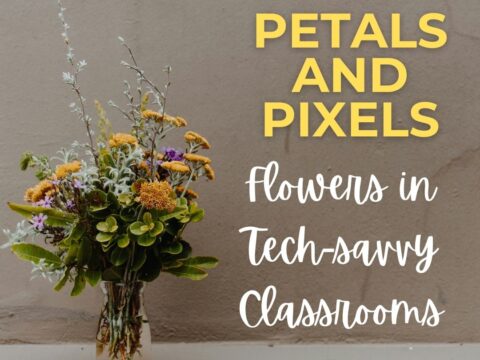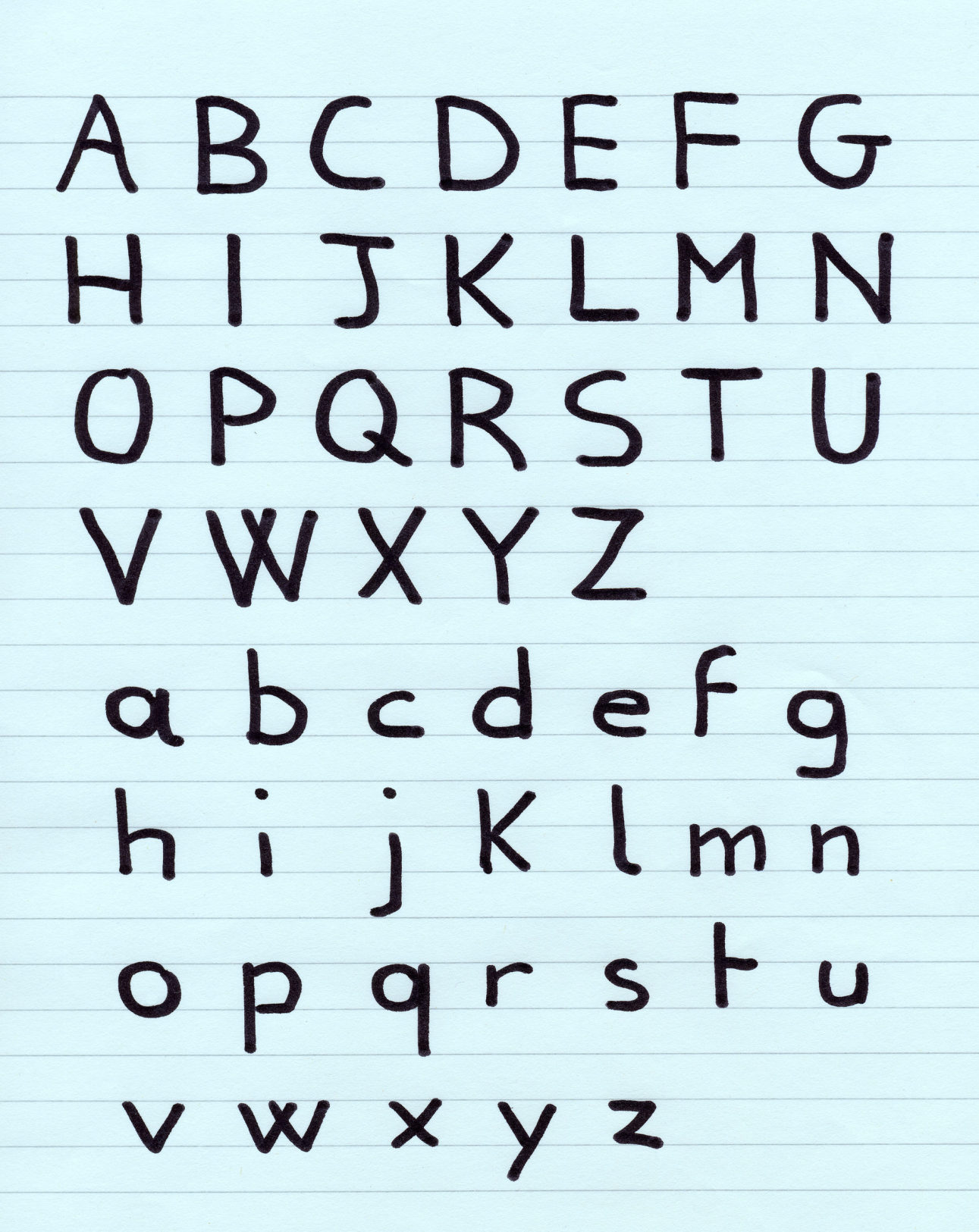Dear Otto is an occasional column where I answer questions I get from readers about teaching tech. If you have a question, please complete the form below and I’ll answer it here. For your privacy, I use only first names.
Here’s a great question I got from Patricia:
What are best practices for teaching technology applications in a computer lab? As a first year teacher technology applications teacher in a middle school (7th&8th graders mixed classes) I really struggled with engaging students to listen to assignment instructions prior to beginning an activity. Then once the activity started students would ask questions that had already been discussed if they had been listening. It was frustrating to have to repeat instructions 20plus times over again.

- Flip the classroom. Provide resources to students on the topic (say, Scratch or robotics) via a screencast or a Google Hangout and then do a project using the skill during class time. Students will have to do the homework to be productive in class.
- Use backchannel devices like Socrative–or even Twitter. Display feedback on the Smartscreen so you and students can track involvement
- Focus units on inquiry, collaboration and sharing, and strategies used in all classes
- Use domain-specific language as you teach. Don’t shy away from terminology like backchannel, programming, embed, widget
- Use every tech tool you can for every activity possible. Show students how tech is part of daily activities, ingrained into your teaching. Use a digital online clock to track time. Take pictures with your iPhone. Scan art projects with an iPad app. Have students come up with more ways to use digital tools.
- Expect students to be risk takers. Don’t rush to solve problems. Ask them to think how it was done in the past or what strategies might provide a solution.
- If a student doesn’t like one of the tools you suggest, let them come up with their own. If they can provide evidence it satisfies the Big Idea and answers Essential Questions, let them use it.
- Regardless of what you teach during the year, cover digital tools used by your school (blogs, Google Apps, Evernote, GHO), correct keyboarding, and how to be good digital citizens. These are critical.
- Differentiate instruction for students. Be flexible, open-minded, and adventurous. One of techs biggest plusses is that it differentiates well for learning styles. Use it.
- Collaborate with other 8th grade subject teachers on cross-curricular planners that involve technology.
- Treat students as ‘authors’ and ‘doers’, rather than passive consumers. Consider a BYOD approach in your classes so students can use the devices they have easiest access to and are most comfortable with (if your school IT folks and infrastructure can support this). Encourage students to complete projects when most convenient for their schedules.
- Assessment isn’t static—nor is it ‘bad’. Remember why you assess: 1) to see if students understand the lesson, 2) to see if what was taught can be transferred to life, 3) to help students prepare for college and/or career.
Jacqui Murray has been teaching K-18 technology for 30 years. She is the editor/author of over a hundred tech ed resources including a K-12 technology curriculum, K-8 keyboard curriculum, K-8 Digital Citizenship curriculum. She is an adjunct professor in tech ed, Master Teacher, webmaster for four blogs, an Amazon Vine Voice, CSTA presentation reviewer, freelance journalist on tech ed topics, contributor to NEA Today, and author of the tech thrillers, To Hunt a Sub and Twenty-four Days. You can find her resources at Structured Learning.






































I got a lot of requests to discuss ‘flipped classroom’, ‘screencast’ and ‘Google Hangout’, so I decided to add the answers here for everyone.
‘Flipped classroom’ is the approach I use for all 8th grade classes. Students prepare for class by reviewing the sort of material you normally would have lectured on during class, so they can do authentic projects and/or applications during class. You provide the resources required, links, background, so students can come to class with the necessary scaffolding to use the knowledge.
Which brings us to ‘screencast’. This is a great way to prepare the required resources for students. Use Screencast-o-matic or Jing (both free) to prepare a video of what you expect of students, where the resources are, how to use a tool if required, then post the video to YouTube or the class blog/website/wiki/Google Apps–wherever students can access it. Then, they can use it to complete homework, pause, rewind, review, even work in groups to prepare for a group class project.
Another way to do the videos is with Google Hangouts. All students have accounts if you’re a GAFE school. You can have a GHO the evening before class, review materials, share your screen to make it clearer. GHO tapes directly to YouTube so students can access it later. Best, students will want to attend the evening session as it’s online and face-to-face. You can answer their questions, get authentic feedback on issues. This is fun for everyone. Yes, it’s a bit more prep time, but the results you get will well offset that.
Anything else? Please post your question here so everyone can participate.